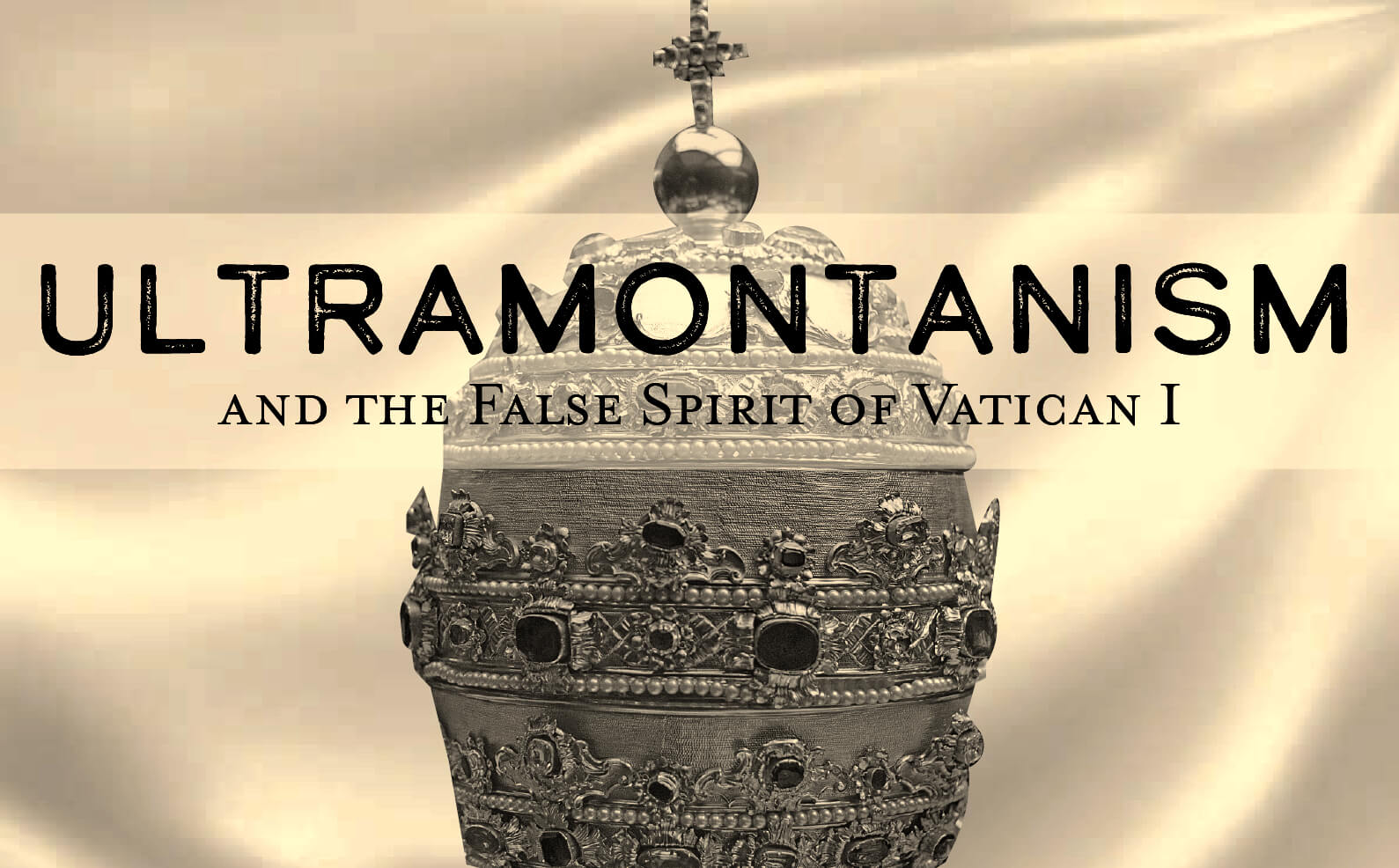In 1967, the Congregation for the Doctrine of the Faith introduced a new formula to be used in place of the Tridentine Profession of Faith and the Oath against Modernism in all cases where those used to be required. This was updated in 1988 and then re-promulgated again in 1998. The current version consists of the Nicene Creed followed by three concluding paragraphs, as follows:
With firm faith, I also believe everything contained in the word of God, whether written or handed down in Tradition, which the Church, either by a solemn judgment or by the ordinary and universal Magisterium, sets forth to be believed as divinely revealed.
I also firmly accept and hold each and everything definitively proposed by the Church regarding teaching on faith and morals.
Moreover, I adhere with religious submission of will and intellect to the teachings which either the Roman Pontiff or the College of Bishops enunciate when they exercise their authentic Magisterium, even if they do not intend to proclaim these teachings by a definitive act.
Although greatly lacking in doctrinal content compared to the Tridentine Profession and the Anti-Modernist Oath, these three paragraphs do provide a very helpful and concise outline of the various degrees of authority and modes of exercise of the magisterium. The first paragraph is about the infallible dogmas of the Church; the second paragraph deals with non-dogmatic but still infallible doctrines of the Church; whereas the third paragraph treats of the non-infallible teaching of the pope and bishops.
One point that is easy to overlook, however, is the shift in terminology between the first two paragraphs (infallible teaching) and the third paragraph (non-infallible teaching). In the first two cases, it is “the Church” who teaches. The pope and bishops are not mentioned until the third paragraph. Why the shift? The teaching activity of the pope and the bishops is clearly implied in the first two paragraphs. The solemn judgments mentioned in the first paragraph refer to ex cathedra definitions of popes and solemn definitions of ecumenical councils of bishops; the teaching of the ordinary and universal magisterium refers to the common teaching of the bishops dispersed throughout the world. In these cases, when the pope and bishops teach infallibly, their teaching is attributed to the Church; but when they are not teaching infallibly, their teaching is attributed to themselves. The Church as such drops out of the picture.
Why is this Important?
According to the Catechism of the Council of Trent, “[The] Church cannot err in faith or morals, since it is guided by the Holy Ghost” (Part I, a. 9). Similarly, the Baltimore Catechism says, “The Church can not err when it teaches a doctrine of faith or morals” (no. 526). In the words of the blessed Apostle Paul, the Church is “the pillar and bulwark of the truth” (1 Tim 3:15), as well as the immaculate bride of Christ, without spot or wrinkle or any such thing . . . holy and without blemish (Eph 5:27).
The Church is infallible. The Church is holy. The Church is guided by the Holy Spirit. But have you ever heard someone (or caught yourself) saying, “The Church” did or said something, when in fact it was the pope who did or said that thing? One of the common symptoms of hyperpapalism is a tendency to identify the pope with the Church, or to identify papal teaching with Church teaching as if the two were entirely synonymous.
(As a side note, I prefer terms like “hyperpapalism” to describe the excessive adulation of the papacy that developed in the period following Vatican I, rather than “ultramontanism,” which has been ably defended by José Antonio Ureta, here and here.)
False Identification
Once you accept a total identification of the pope and the Church, you start expecting every pope to be a pure and holy pillar of truth in the same absolute sense. This kind of identification happens even at lower levels of the hierarchy. When your neighbor says that she has been hurt by “the Church,” what she really means is that she has been hurt by some member of the clergy. But this false identification is especially tempting and problematic with the pope because he is the visible head of the Church on earth, and so he can in some cases speak and act for the Church—in persona Ecclesiae, as it were—but most of his acts do not fall in that category.
When it comes to teaching in matters of faith and morals, the pope only speaks for the Church when he speaks ex cathedra, and when he does that, he does possess the full infallibility of the Church. But in every other case—whether in encyclical letters, post-synodal apostolic exhortations, paragraphs of the catechism, letters to bishops accompanying liturgical legislation, and so on and so forth—he speaks only on his own authority as the pope. In such cases, we should not say that “The Church” teaches something, but rather that the pope teaches it. And thus if he were to err in his teaching, we would say that the pope has erred and not that the Church has erred.
For example, when the medieval Pope John XXII taught in some papal sermons that the souls of the saints do not see the vision of God until after the final judgment, Catholics did not conclude that this novel doctrine was now “Church teaching.” Quite the contrary, many Catholic theologians at the time, including Cardinal Jacques Fournier (who as Pope Benedict XII would later condemn this novel teaching as heretical), knew that “the Church” actually believed the opposite and so concluded quite simply that the pope was wrong.


